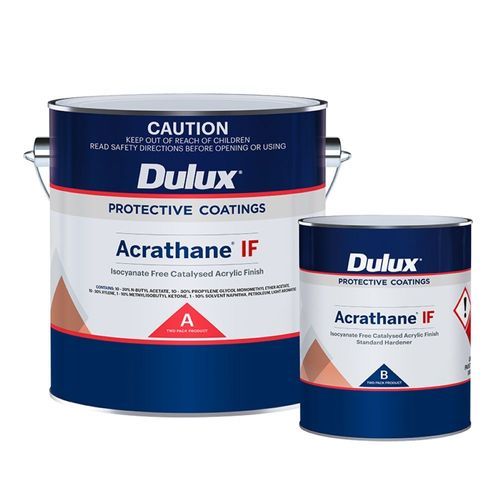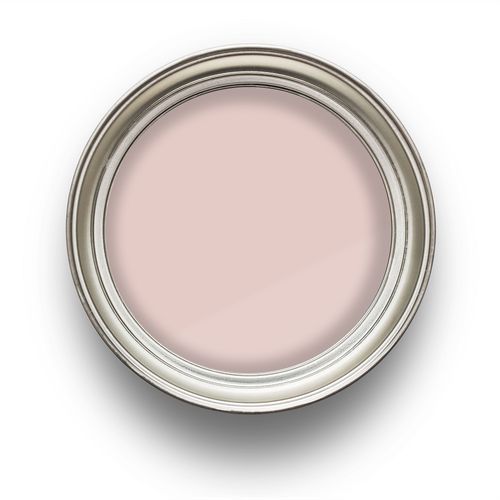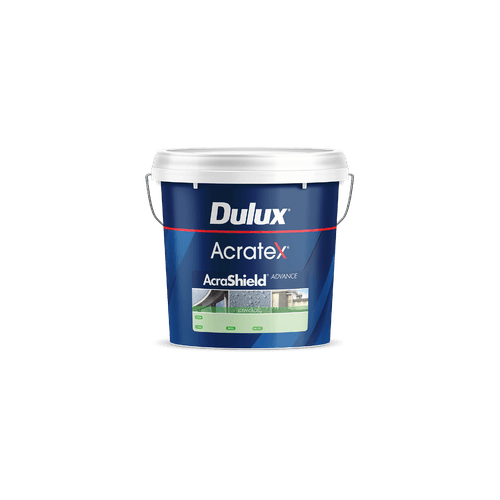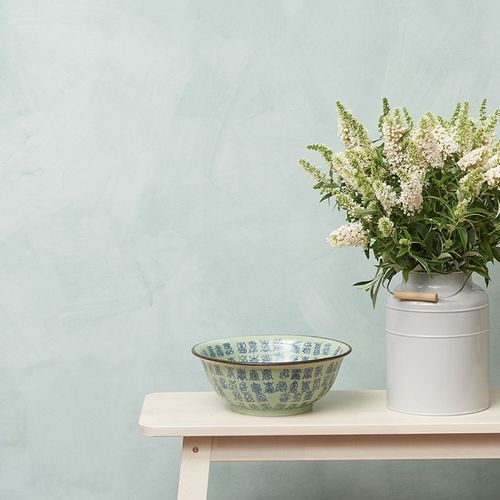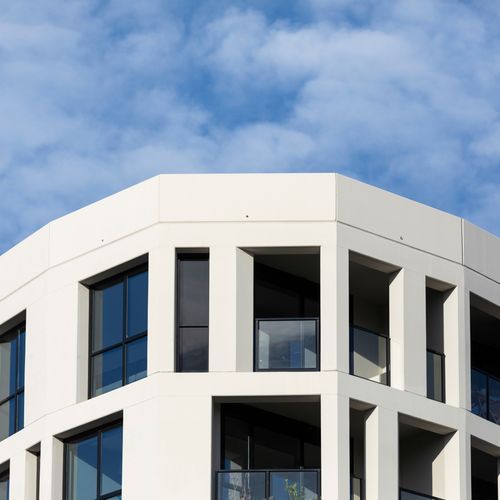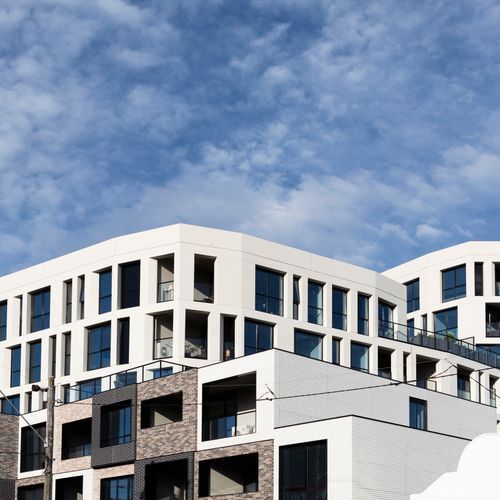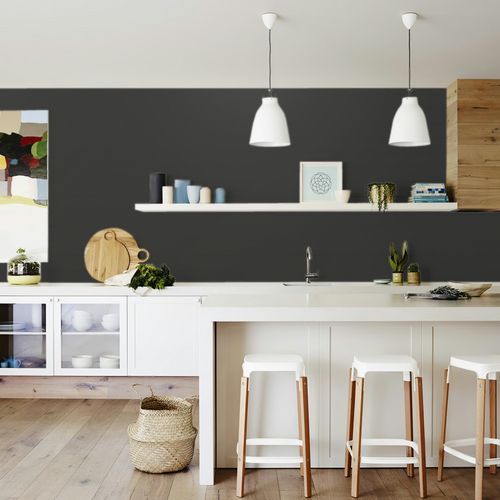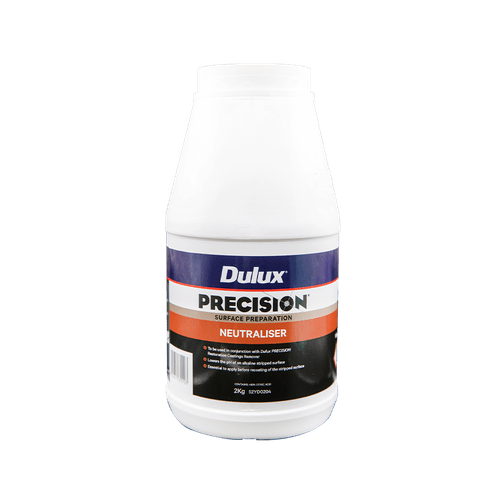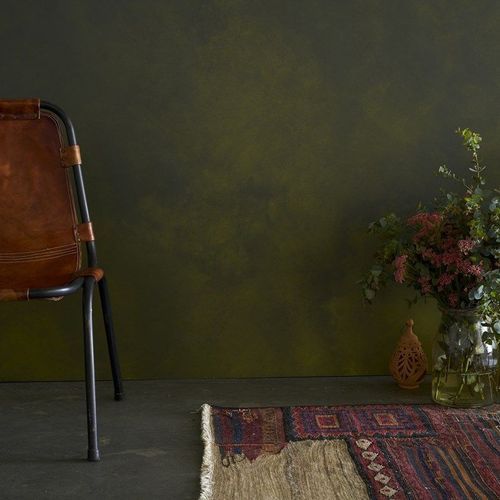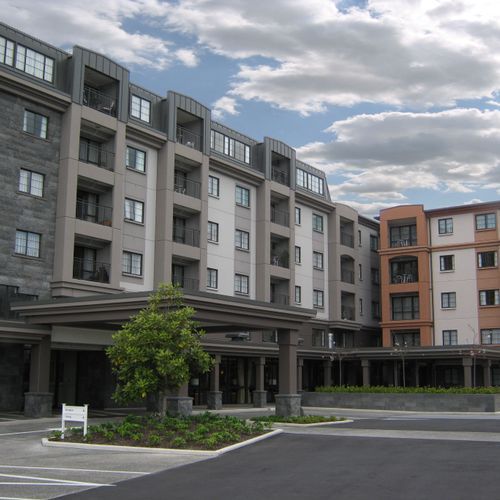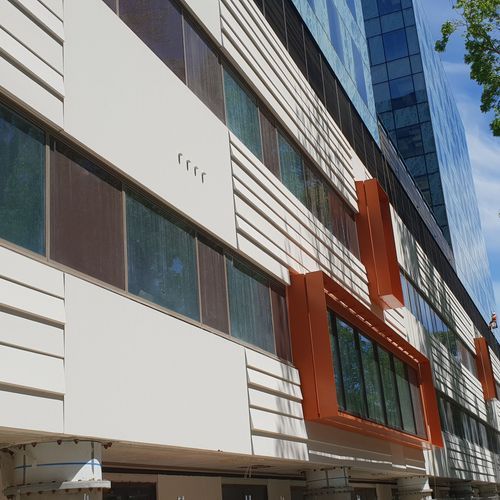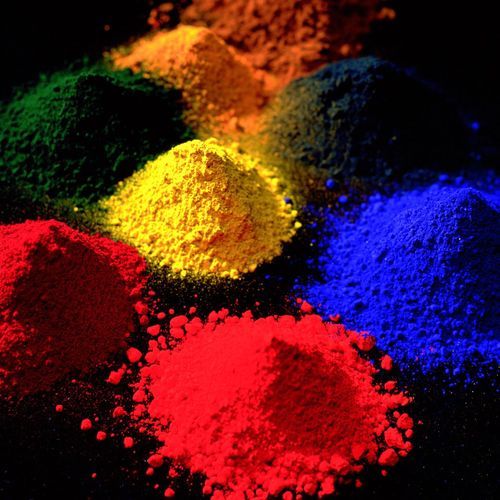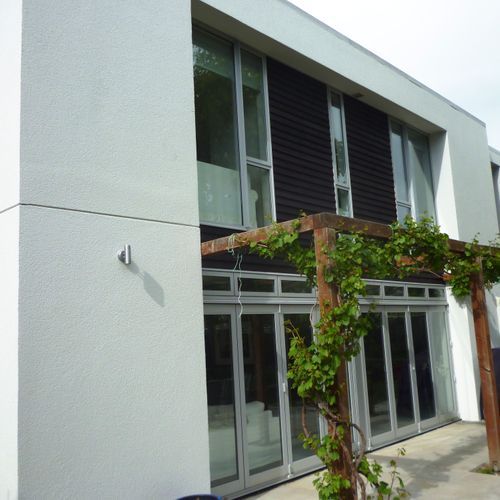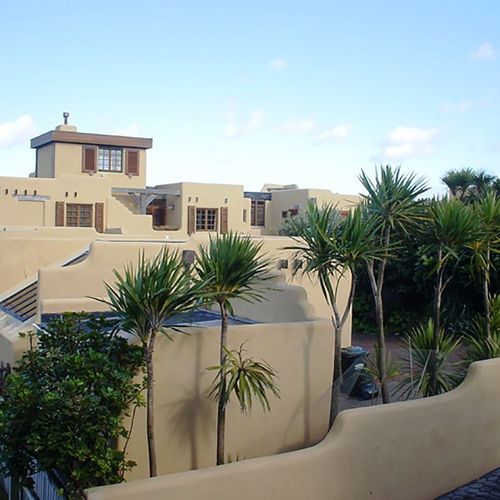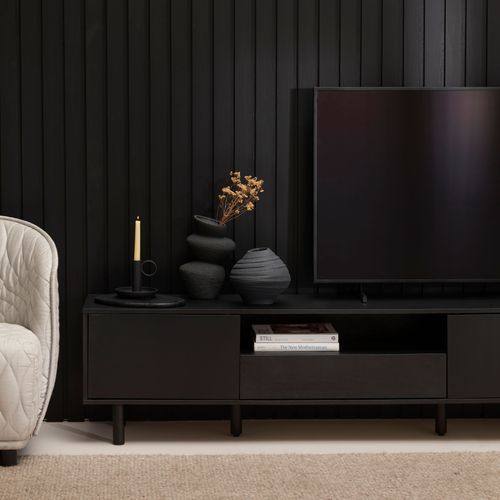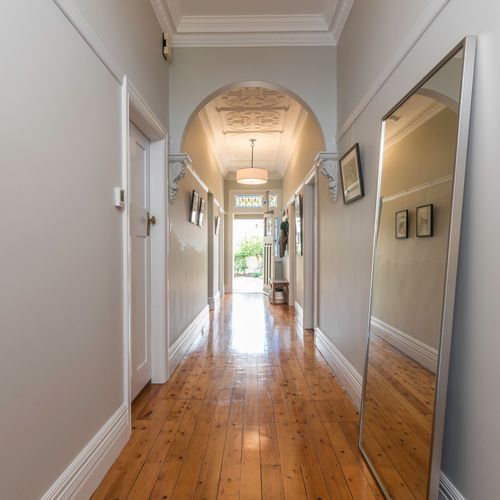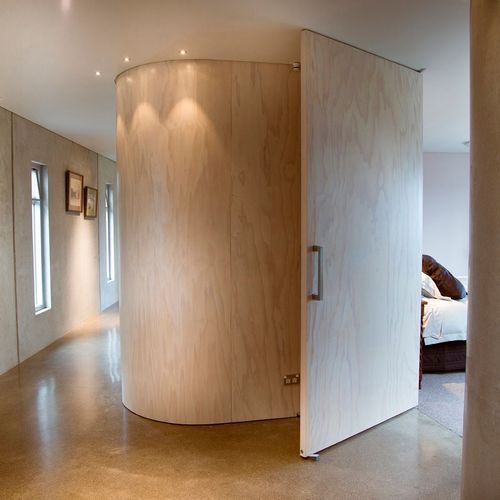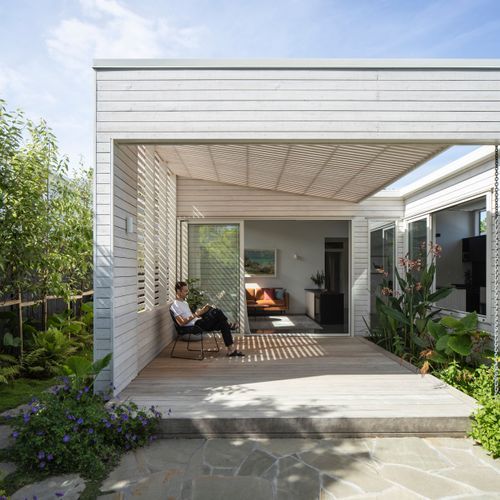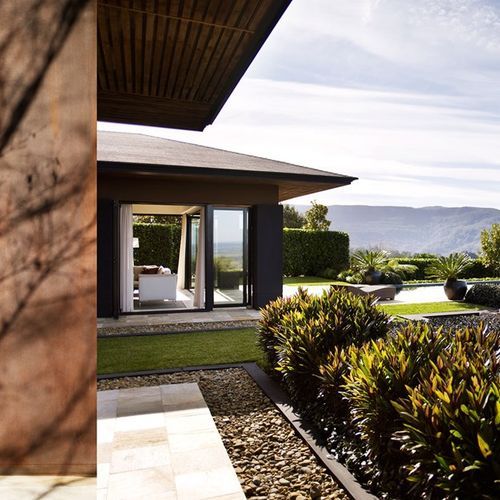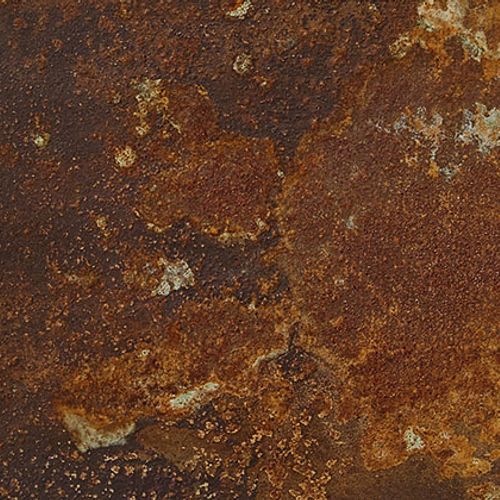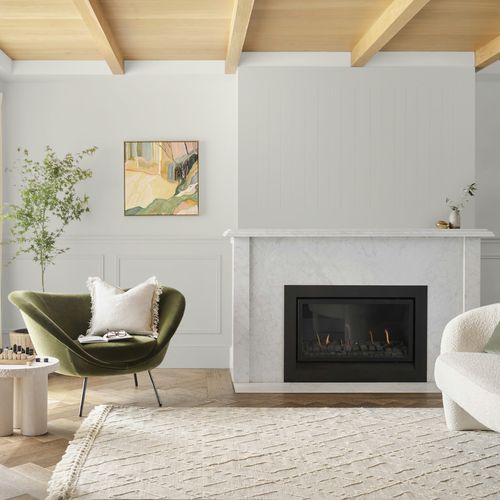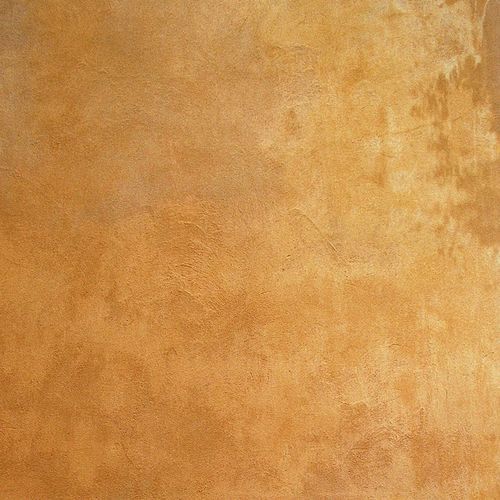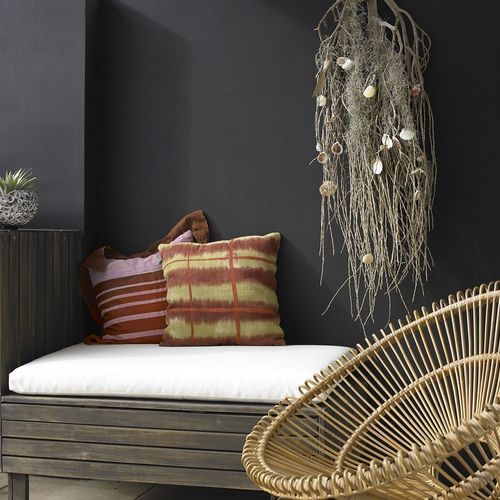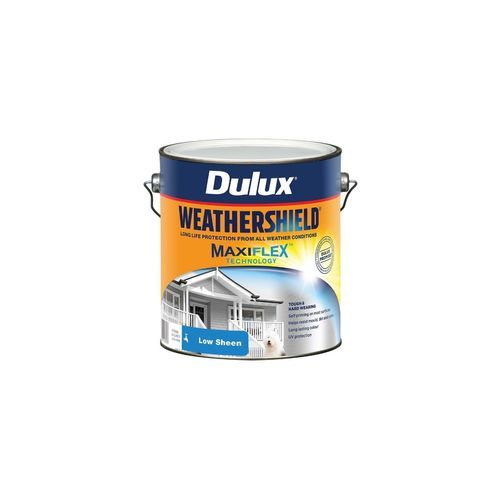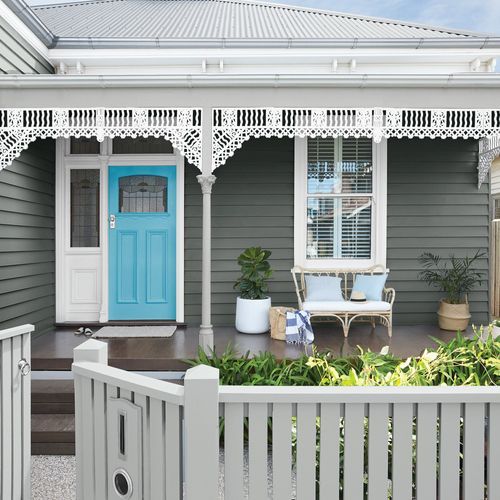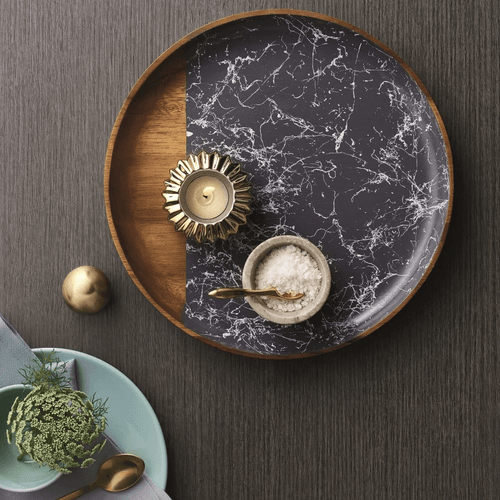Paints
- As one of the most common DIY projects, people often paint an accent wall, but it is crucial to know the types of paints, brushes, and other accessories available to jazz up a room. That's why ArchiPro offers high-quality paint products, including acrylic paints, watercolor paints, primers, and everything else needed for a successful paint project in New Zealand.
Why ArchiPro?
No more endless searching -
Everything you need, all in one place.Real projects, real experts -
Work with vetted architects, designers, and suppliers.Designed for New Zealand -
Projects, products, and professionals that meet local standards.From inspiration to reality -
Find your style and connect with the experts behind it.Start your Project
Start you project with a free account to unlock features designed to help you simplify your building project.
Learn MoreBecome a Pro
Showcase your business on ArchiPro and join industry leading brands showcasing their products and expertise.
Learn More